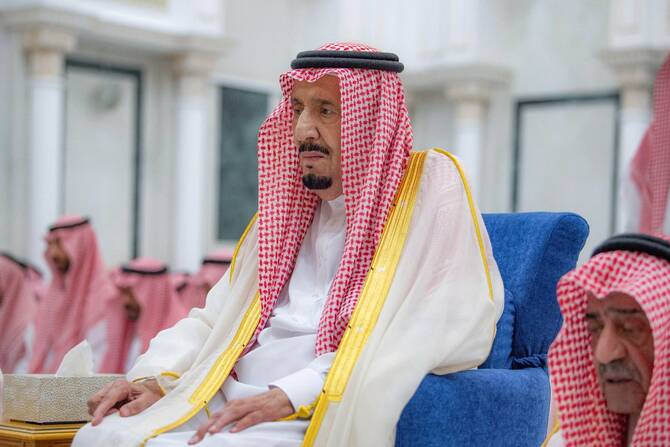ALULA: The innovative works of five young designers from the Middle East and South Asia were awarded the AlUla Design Award during the second Paris Design Week.
The designers presented items across six categories inspired by the heritage, landscape and artistic legacies of AlUla.
After a rigorous selection process, 10 finalists were chosen by a jury of recognized leaders from the design sector.
The five winners are “Tawa” by Shaddah Studio from Saudi Arabia; “Naba Tea Tiffin” by Ikkis, Gunjan Gupta from India; “AlUla Terrains: Dates Serving Set” by Saudi-Lebanese Teeb; “Incense Heritage Collection” by Tunisian Sarra Hafaiedh and “Oil Lantern” by French-Moroccan Paris-based architect Imane Mellah.
The award forms part of the development of additional design initiatives in AlUla including the groundbreaking “Madrasat Addeera Editions” exhibited during Paris Design Week and the announcement of the upcoming inaugural Design Residency and opening of Design Space AlUla.
“Tawa” by Shaddah Studio, founded in 2015 by Deem Alhgbani and Watfa Hamidaddin, introduced its innovative new chair-rug combo product.
“This unique and stylish chair features a hidden feature that allows it to transform into a beautiful rug,” the designer told Arab News. “This high-quality material ensures that the rug will remain in pristine condition, even with heavy use.”
“Tawa” means “folded” in Arabic. Transportable, the chair makes it easy to enjoy an escape whether in AlUla or in the middle of the hustle and bustle of your own city, added the designers.
“Made by artisans of AlUla, from materials found in AlUla, ‘Tawa’ will over-go a full 360 experience, combining all efforts by nature and local artisans to provide a solitary experience to its visitors. By facilitating this chair for locals and internationals, ‘Tawa’ helps educate on the importance of finding beauty in these serene places … connecting with nature in any form.
“A magical escape above the Saudi Desert, AlUla, sets the scene by gazing into its wondrous landscapes and up its galaxies of stars,” Shaddah Studio added.
AlUla Design Award is an integral part of a broader initiative aimed at promoting design and culture in AlUla, solidifying its position as a leading design destination.
The “Madrasat Addeera Editions” exhibition, curated by Samer Yamani which was on view until Sept. 16, showcased four limited-edition statement pieces designed by local and international designers including Saudi Dr. Zahrah Al-Ghamdi, Cristian Mohaded, TAKK by Mireia Luzarraga and& Alejandro Muino and TECHNOCrafts.
The collection draws inspiration from the rich local culture and narratives, blending traditional arts with innovative modern techniques and sustainable materials.
Yamani told Arab News: “The collection is formed from a variety of materials with different uses and dimensions, all for indoor use. Khous, wood, textiles, clay, embroidery, leather, natural cellulose, bio-plastics among other materials were all used in this collection, serving as expressive mediums to capture and convey the magical spirit and character of AlUla — its endless desert, its magical dunes, its staggering stones.
“The collection seeks to infuse the majestic beauty of the AlUla region into interior spaces.”





















